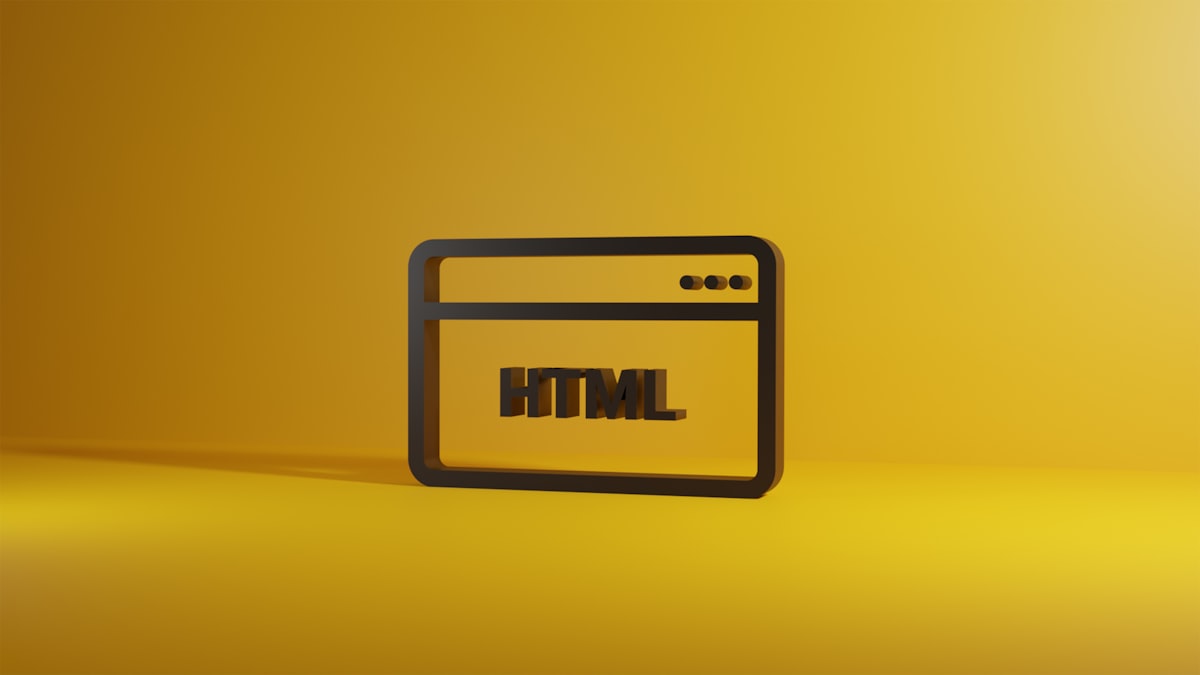A Beginner's Guide to Building a Website in HTML - Step by Step Tutorial

If you're interested in building a website from scratch using HTML, you've come to the right place. In this article, we'll take you through the process of building a website using HTML, step-by-step.
Before we begin, it's important to note that while HTML is a fundamental component of website development, it's just one piece of the puzzle. To build a complete website, you'll also need to learn other languages like CSS and JavaScript, as well as other tools like web hosting and domain registration. However, HTML is the starting point, so let's get started.
Step 1: Plan Your Website
Before you start coding your website, it's important to plan out what you want your website to do, who your target audience is, and what content you want to include. This will help you determine what pages you need to create, what information should go on each page, and how the website should be organized.
Step 2: Choose an HTML Editor
Once you have a plan for your website, it's time to choose an HTML editor. There are many different options available, from simple text editors like Notepad to more complex editors like Adobe Dreamweaver. Choose an editor that you feel comfortable using and that has the features you need.
Step 3: Create a New HTML File
In your HTML editor, create a new file and save it with an .html extension. This will be the main file for your website. In this file, you'll include all the HTML code that will create the structure and content of your website.
Step 4: Add HTML Tags
HTML is a markup language, which means it uses tags to define the structure and content of a web page. Tags are enclosed in angle brackets (<>) and can include attributes that modify the behavior of the tag. For example, the <h1> tag is used to define a heading, and the attribute "class" can be used to apply a specific style to the heading.
Start by adding the basic structure of an HTML document, which includes the <html>, <head>, and <body> tags. The <html> tag defines the beginning and end of the HTML document, the <head> tag contains information about the document, like the title and meta tags, and the <body> tag contains the actual content of the web page.
Step 5: Add Content
Once you have the basic structure of your HTML document, it's time to add content to your web page. This can include text, images, videos, and other media. Use HTML tags like <p> for paragraphs, <img> for images, and <video> for videos to create the content for your web page.
Step 6: Add Links
Links are an important part of any website, as they allow users to navigate between pages and to external websites. To create a link, use the <a> tag and include the URL of the page or website you want to link to.
Step 7: Preview Your Website
As you're working on your website, it's important to preview it regularly to see how it looks and to catch any errors. Most HTML editors have a preview mode that allows you to see your website as it will appear in a web browser.
Step 8: Publish Your Website
Once you're happy with your website, it's time to publish it to the web. This involves uploading your HTML file to a web server, registering a domain name, and configuring your web hosting account. There are many web hosting services available that can help you with this process.
Conclusion
Building a website in HTML is a fun and rewarding process that can be done by anyone with a bit of time and patience. By following the steps outlined in this article, you'll be well on your way to creating